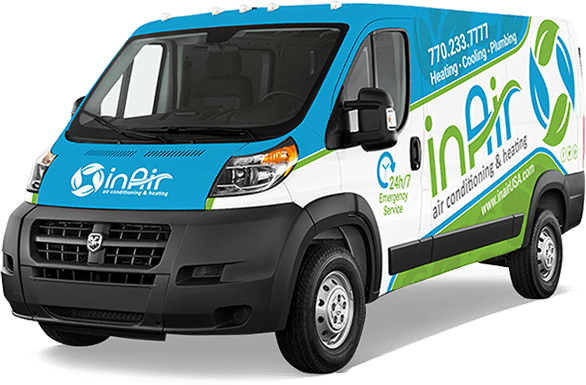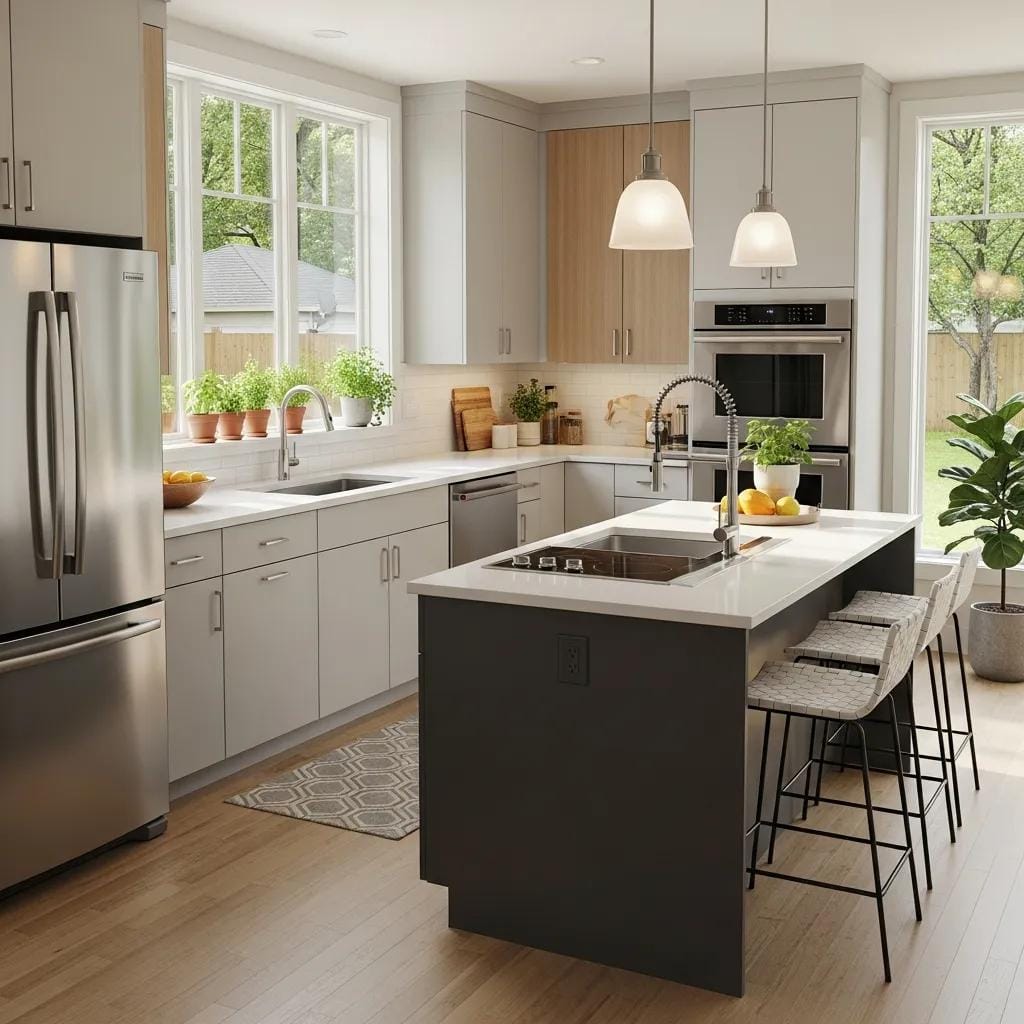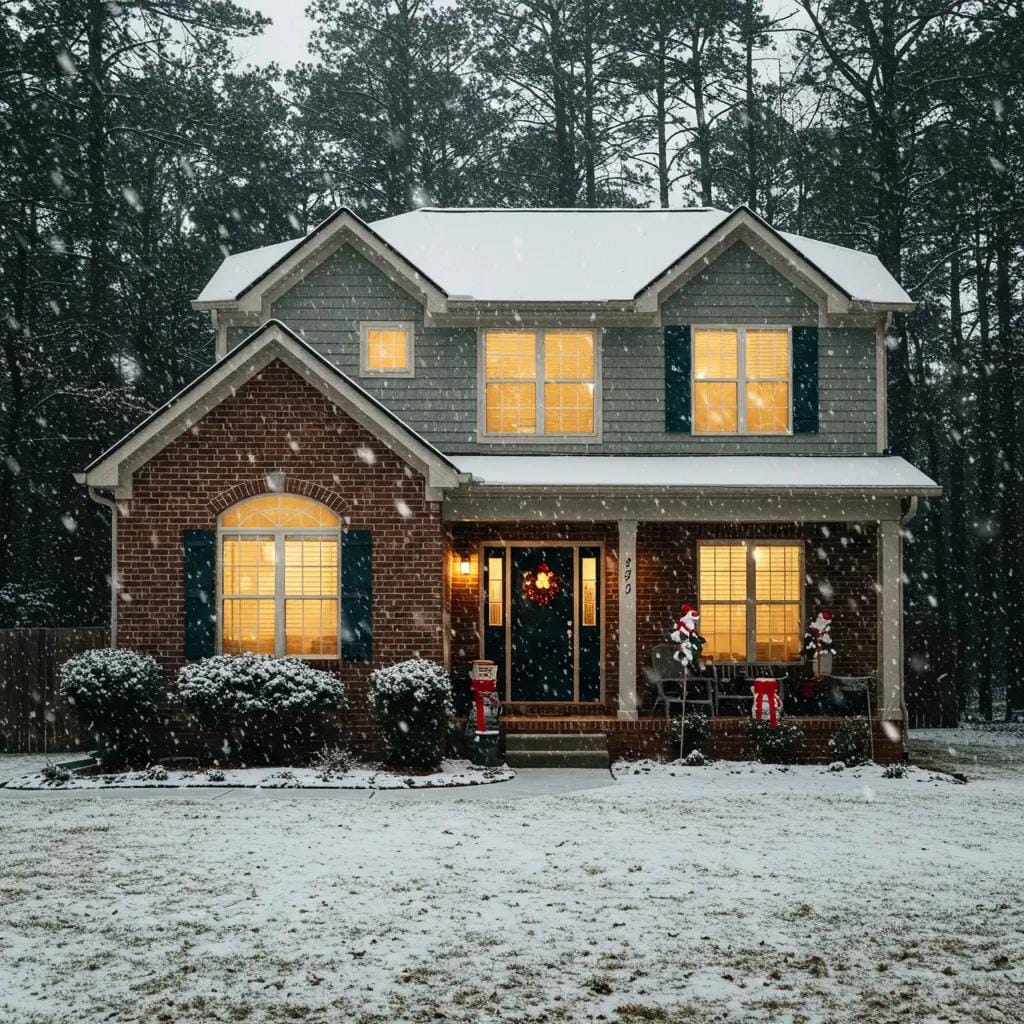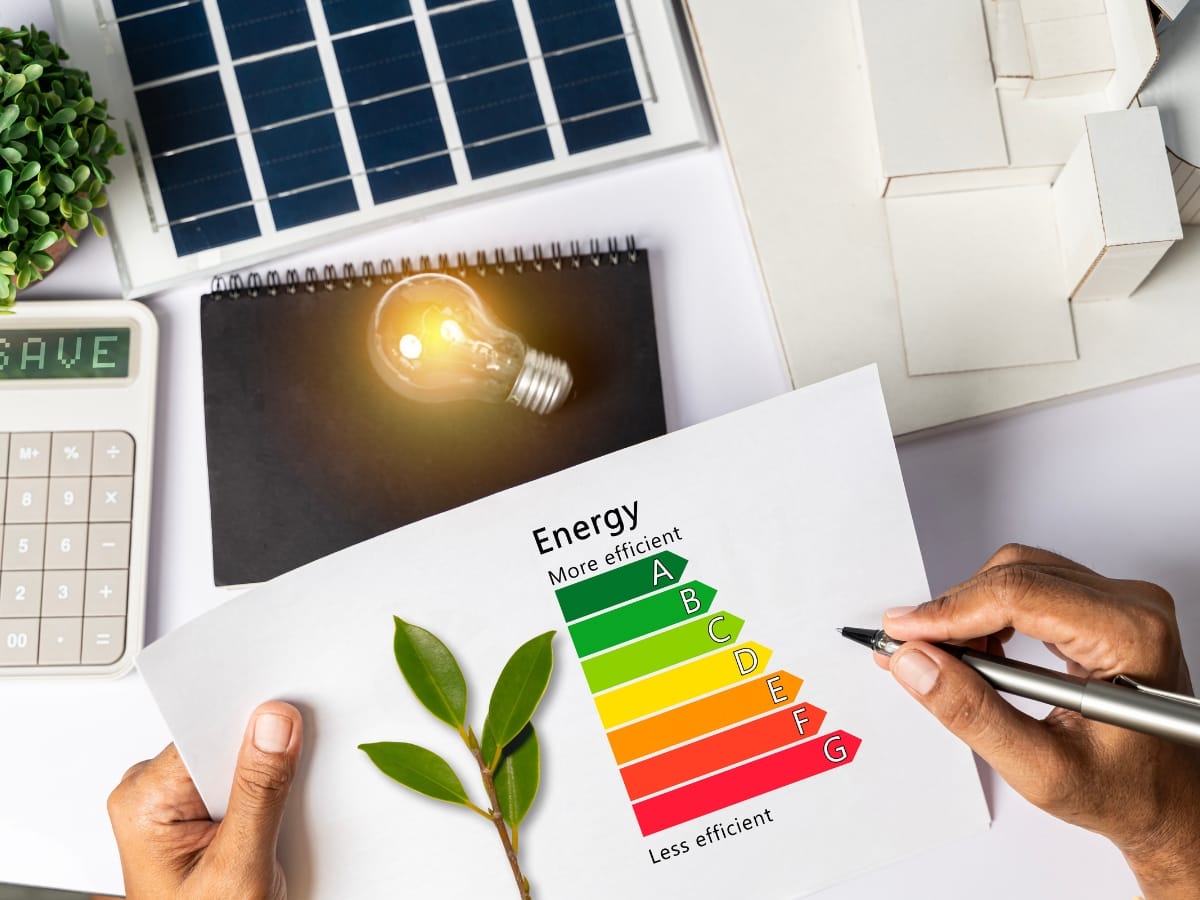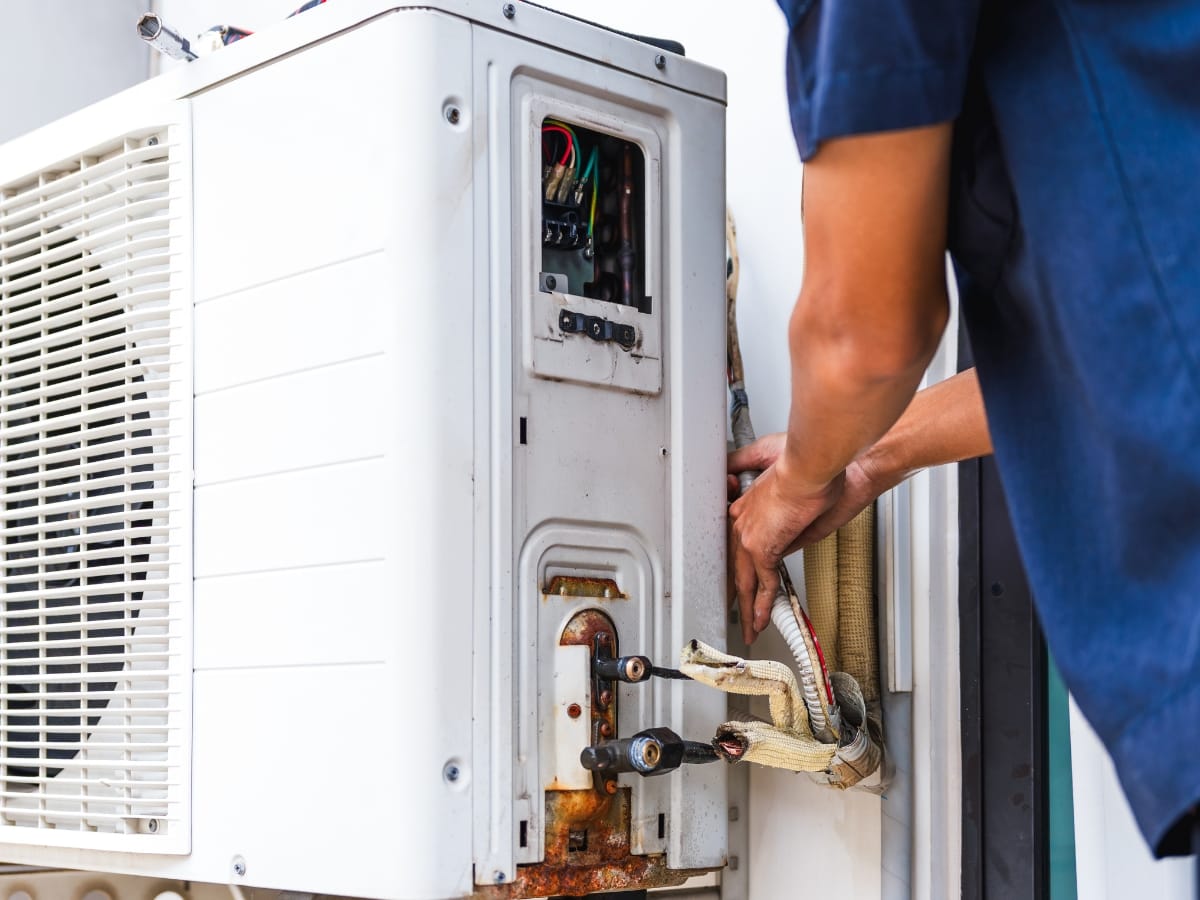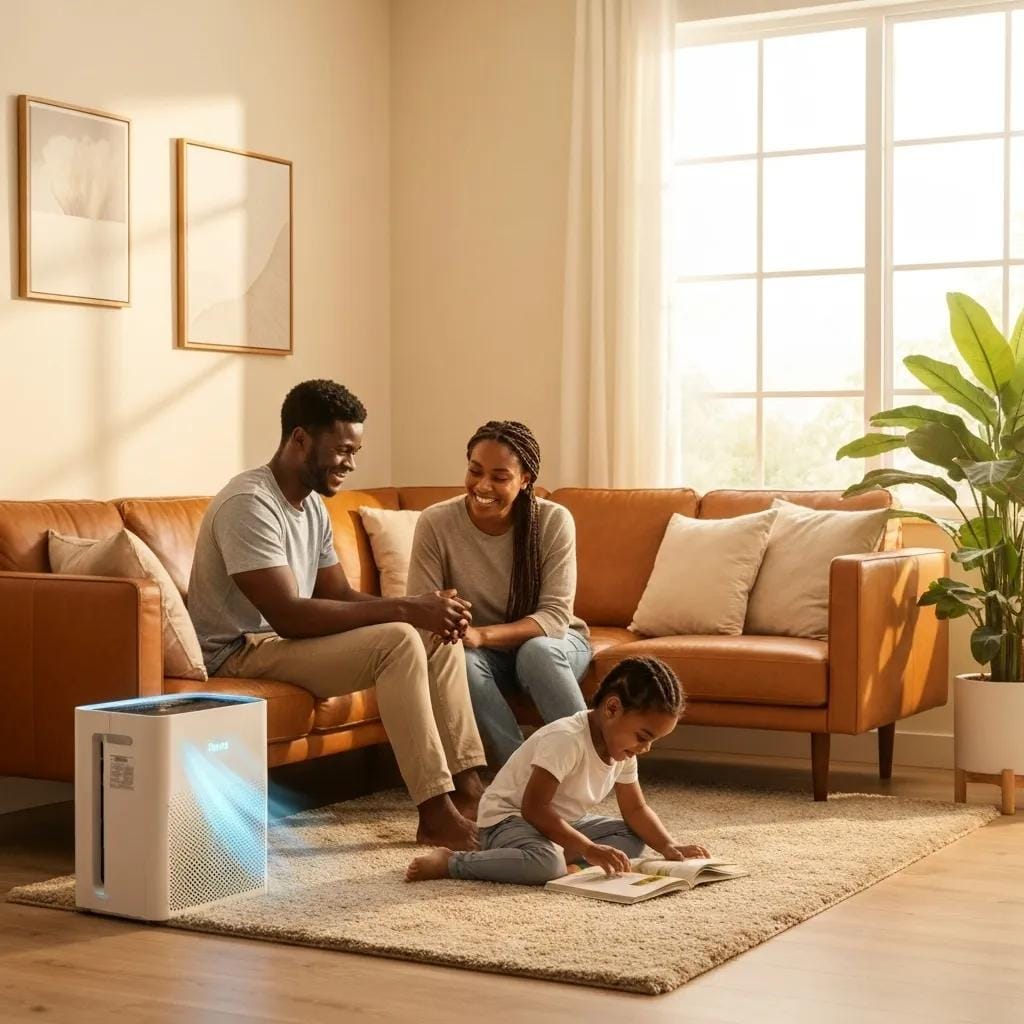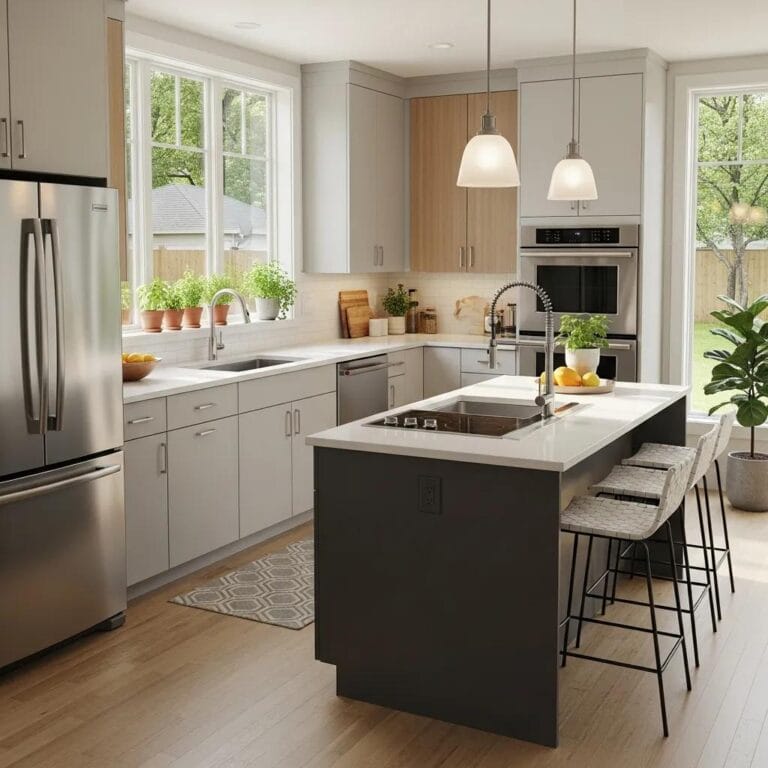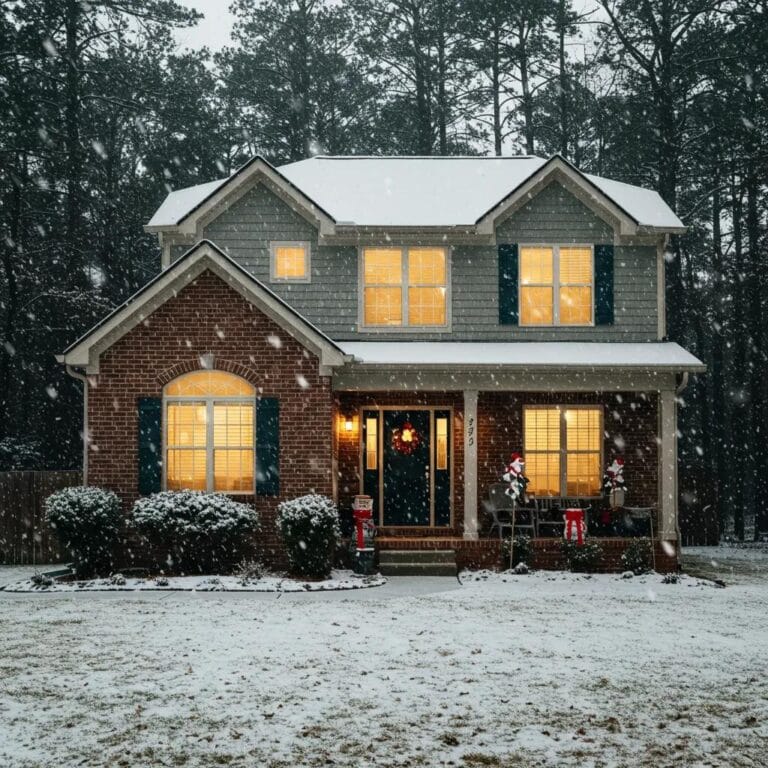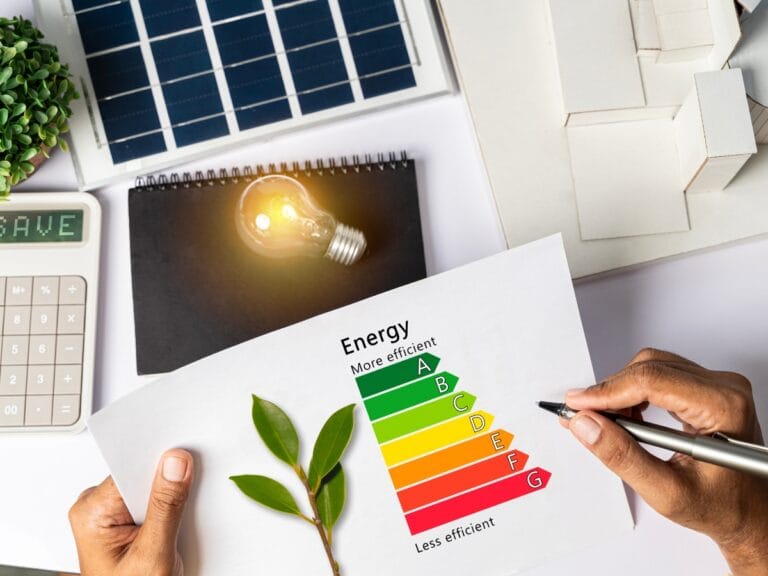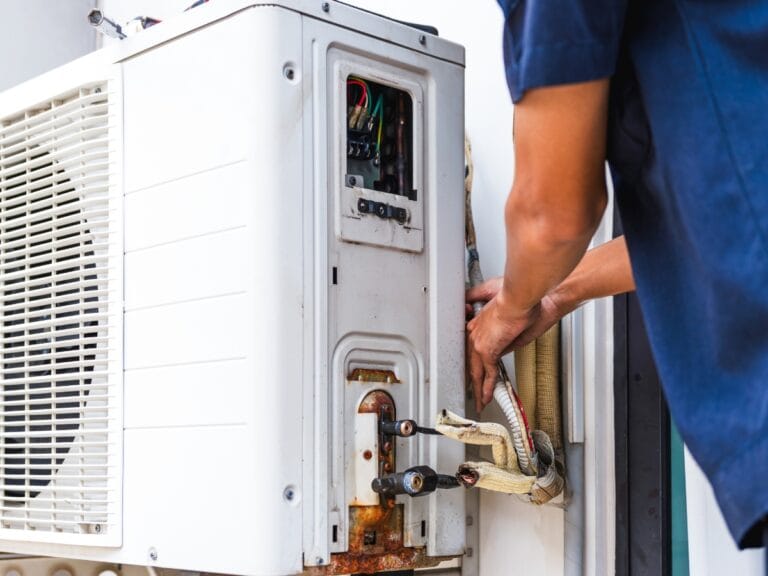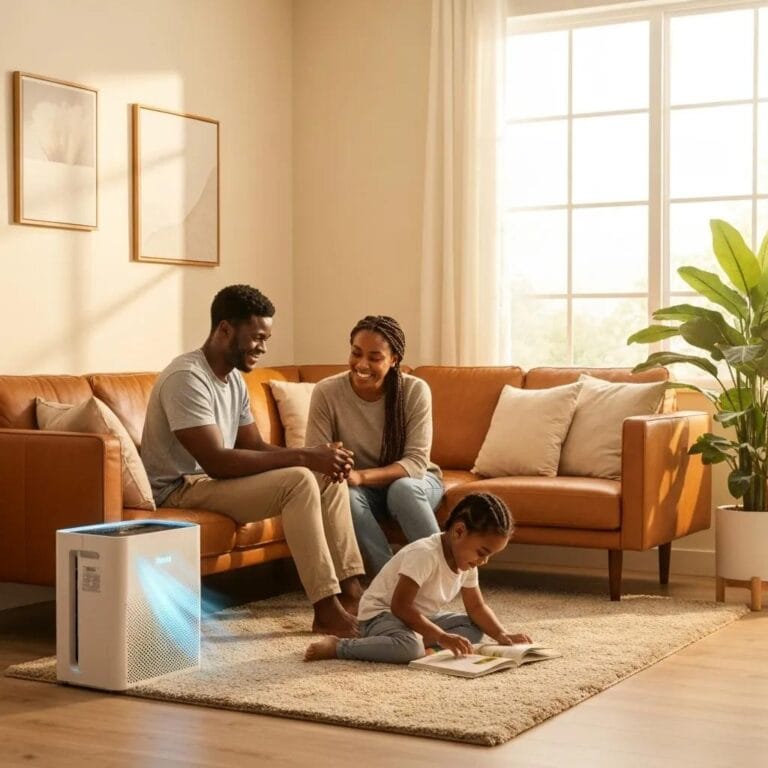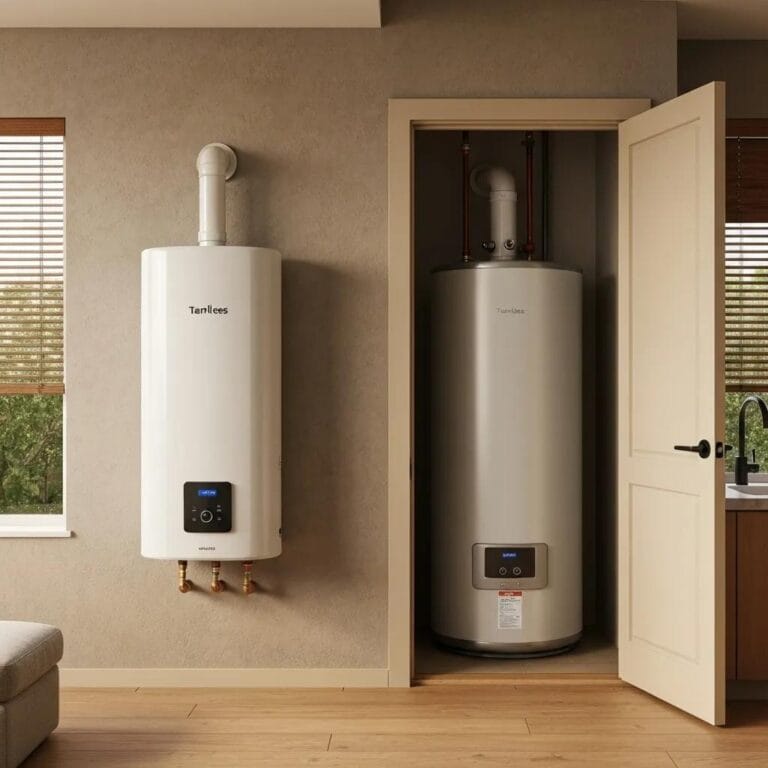As technology continues to evolve, the future of the HVAC industry is seeing innovative trends that promise increased efficiency, comfort, and sustainability. For Atlanta homeowners, staying up-to-date with these HVAC market trends can help ensure their homes are both energy-efficient and comfortable year-round, especially in the city’s varying climate.
In 2024, several key HVAC industry trends are emerging, from smart thermostats and eco-friendly systems to advanced air filtration and renewable energy integration. In this guide, we’ll explore the top HVAC trends that Atlanta homeowners need to know about.
Is Your HVAC Ready for the Future? Discover the Top Trends to Watch!
Smart Thermostats Revolutionizing Control Over Home Climate
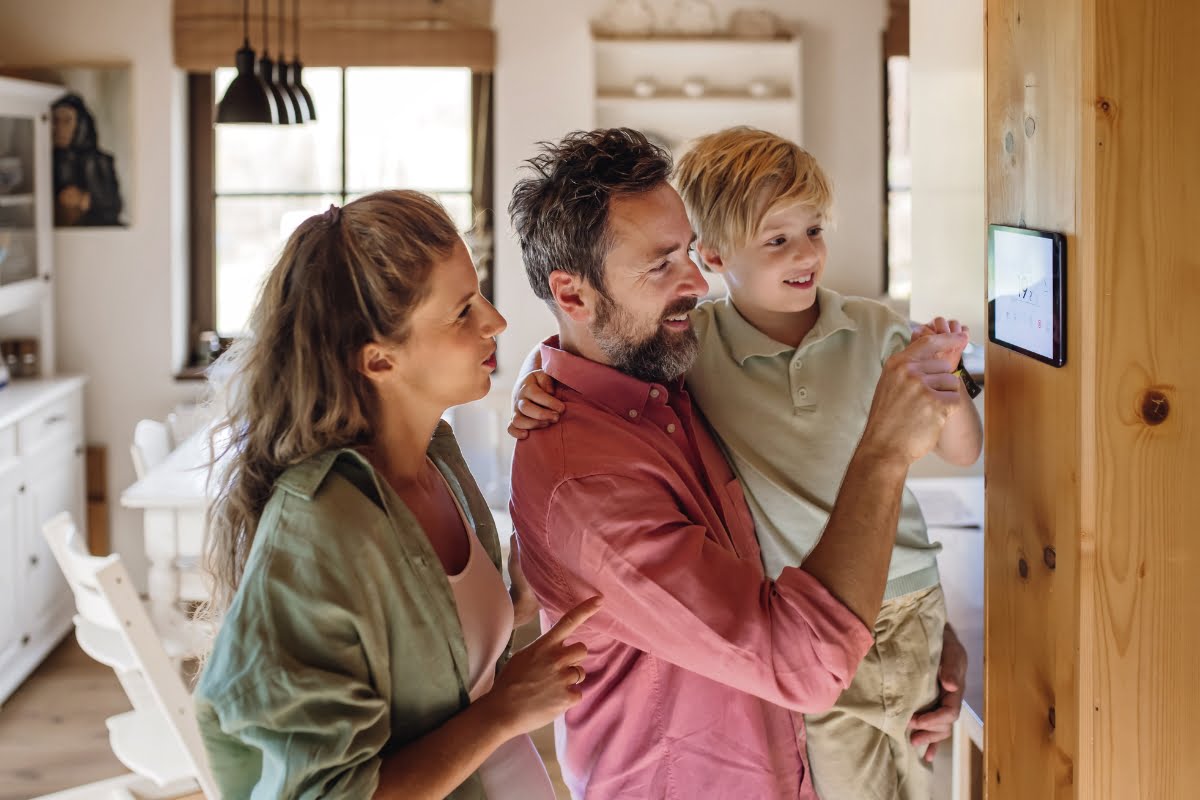
One of the latest HVAC industry trends is the rise of smart thermostats. These innovative devices are revolutionizing the way we control our home’s climate, offering convenience, energy savings, and enhanced comfort. With a smart thermostat, Atlanta homeowners can easily adjust their heating and cooling settings from anywhere using their smartphones or voice commands.
Smart thermostats go beyond basic temperature control. They learn your daily routines and preferences, automatically adjusting the temperature to optimize comfort while minimizing energy consumption. For example, if you typically leave for work at 8 a.m., your smart thermostat will start adjusting the temperature to save energy once it detects that you’re no longer at home.
Furthermore, many smart thermostats integrate with other smart home devices, creating a seamless ecosystem of interconnected technologies. You can sync your thermostat with your lighting system or security cameras to create personalized scenes that enhance both comfort and security.
For instance, when you arrive home after a long day at work, your thermostat can automatically adjust the temperature to your preferred setting while turning on the lights in your entryway.
Energy-Efficient HVAC Systems: The Future of Sustainable Living
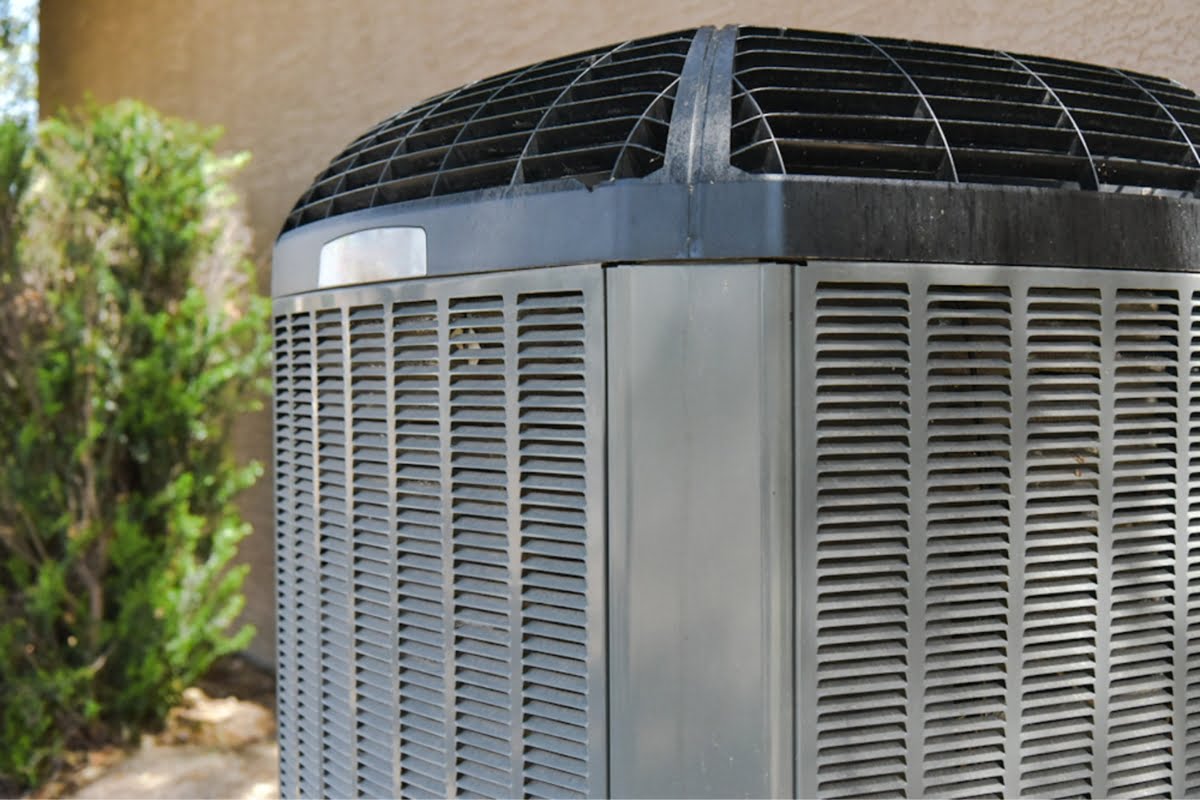
In an era where sustainability is becoming increasingly important, energy-efficient HVAC systems are gaining popularity among Atlanta homeowners. These systems are designed to minimize energy consumption without compromising on performance or comfort.
One key trend in energy-efficient HVAC systems is variable refrigerant flow (VRF) technology. VRF systems use advanced heat pump technology to provide precise heating and cooling control for individual zones within a home. By delivering only the necessary amount of conditioned air to each zone, VRF systems eliminate wasteful overcooling or overheating common in traditional HVAC setups.
Another emerging trend is the use of geothermal heat pumps. These systems harness the earth’s renewable energy by utilizing the stable temperature underground to provide heating and cooling. Geothermal heat pumps are highly efficient, offering significant energy savings compared to conventional HVAC systems.
Air Purification Technologies: Enhancing Indoor Air Quality
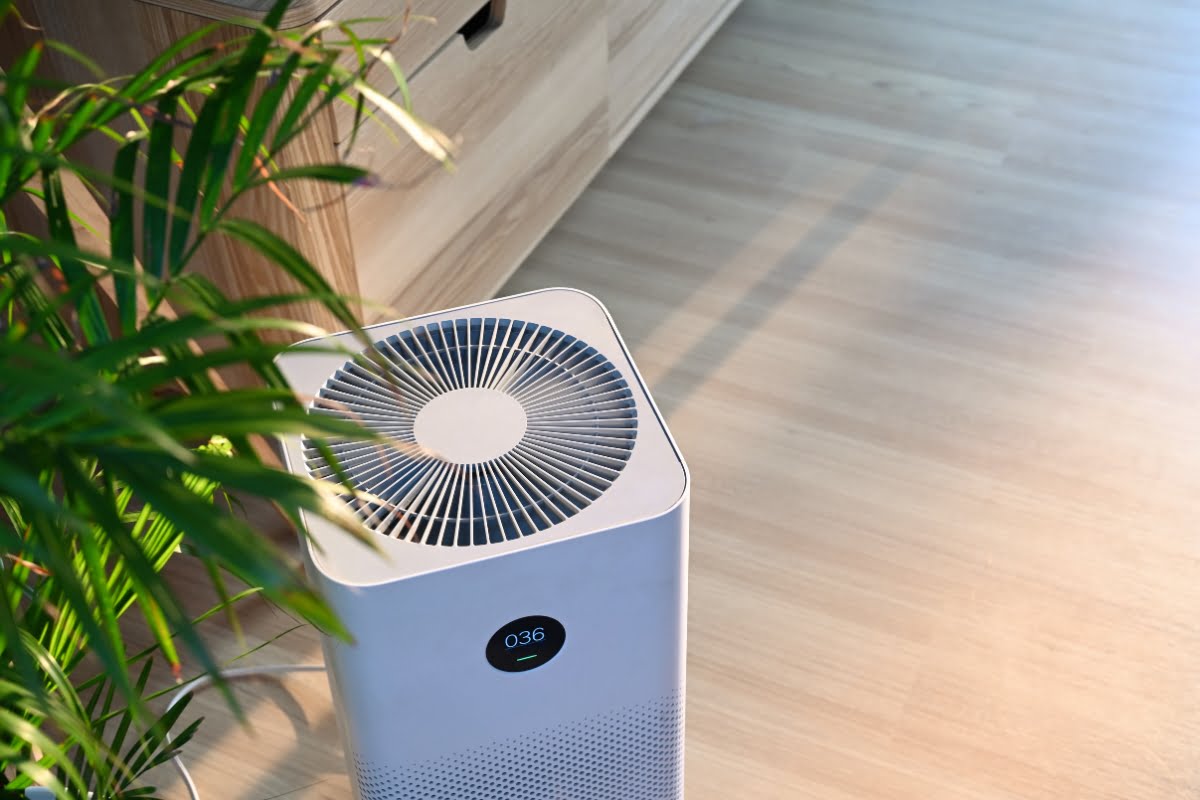
Air purification technologies are becoming essential tools for improving indoor air quality, especially in areas with high pollution levels. Homeowners are increasingly turning to these solutions to mitigate the effects of contaminants like allergens, pollutants, and pathogens within their homes.
One leading technology in this domain is ultraviolet germicidal irradiation (UVGI). UVGI technology employs ultraviolet-C (UV-C) light to disrupt the DNA and RNA of airborne microorganisms such as bacteria, mold, and viruses, neutralizing their ability to reproduce and cause infections.
When integrated into HVAC systems, UVGI helps in reducing the concentration of harmful airborne pathogens, thus contributing to a healthier living environment. This technology is especially valuable in homes where individuals suffer from respiratory conditions like asthma.
A highly efficient method to consider is the use of high-efficiency particulate air (HEPA) filtration. These filters are engineered to trap a minimum of 99.97% of particles measuring as small as 0.3 microns, encompassing dust, pollen, pet dander, and certain bacteria. Integration of HEPA filters with an HVAC system can notably diminish the presence of airborne allergens, resulting in fresher air and alleviation from allergy manifestations.
For more comprehensive purification, activated carbon filters are also popular. These filters use a porous material to absorb gases, chemicals, and odors, making them especially useful in urban areas where pollutants like car exhaust or industrial emissions are prevalent.
By combining UVGI, HEPA filtration, and activated carbon filters, homeowners can create a robust defense against indoor air pollutants, ensuring fresher, cleaner air in their homes. As technology continues to evolve, these systems are becoming more efficient and accessible, offering a proactive way to manage air quality issues.
HVAC Automation: Streamlining Maintenance and Monitoring
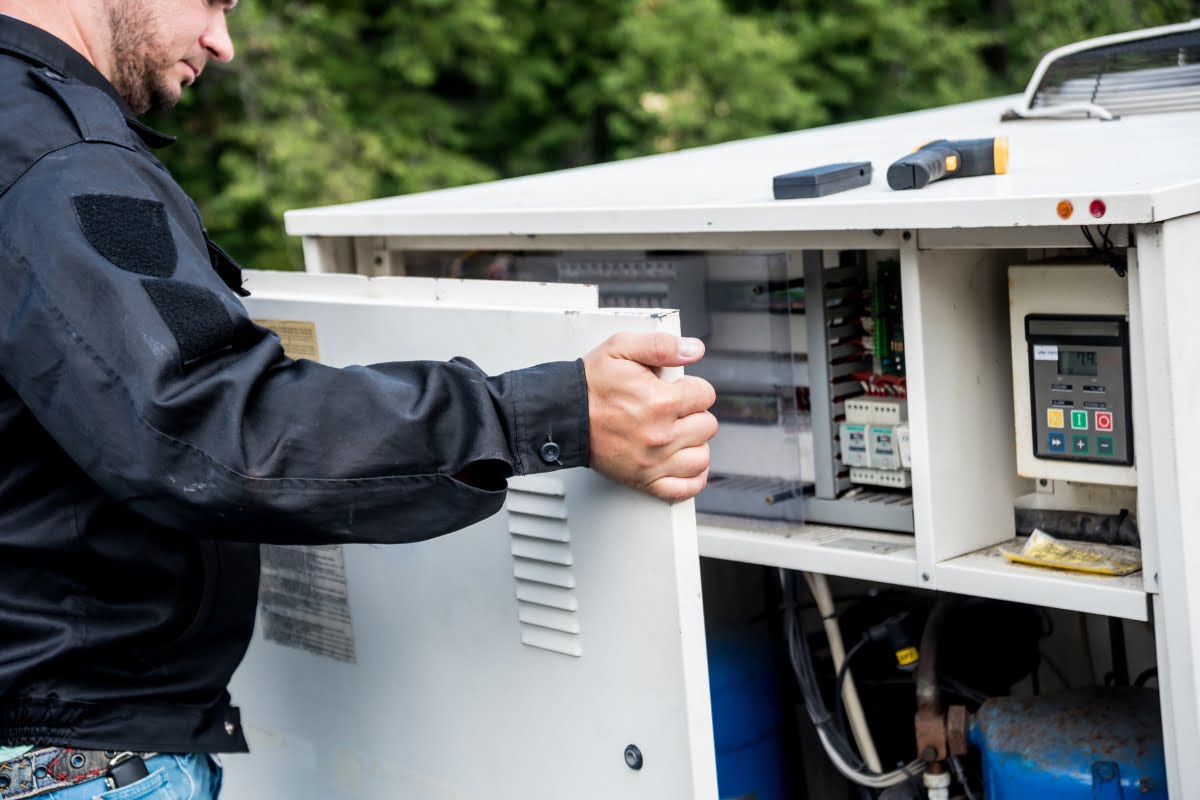
HVAC automation is transforming the way homeowners manage their heating, ventilation, and air conditioning systems. The integration of smart technologies offers significant benefits, ranging from improved system performance to enhanced energy efficiency.
With these advancements, homeowners in Atlanta and beyond can take a more proactive approach to HVAC maintenance and monitoring, which ultimately leads to greater comfort and cost savings.
One of the major advantages of HVAC automation is predictive maintenance. By installing smart sensors within HVAC units, these systems can continuously monitor key performance indicators, such as temperature, airflow, and energy consumption.
This real-time data allows the system to detect irregularities or inefficiencies early on, which helps homeowners address potential problems before they lead to expensive breakdowns. Predictive maintenance not only minimizes downtime but also extends the lifespan of HVAC equipment, as routine upkeep is managed more effectively.
In addition to predictive maintenance, remote monitoring and control have become key features of modern HVAC systems. Homeowners can now use smartphone apps or online platforms to adjust temperature settings, monitor energy usage, and receive alerts regarding system anomalies, all from a distance.
Whether at home or on the go, this level of control allows for more personalized comfort and energy savings. For instance, homeowners can optimize their HVAC settings based on their daily routines, ensuring the system runs efficiently only when needed, which reduces energy consumption and utility costs.
Ductless Mini-Split Systems: Tailored Comfort Solutions for Atlanta Homes
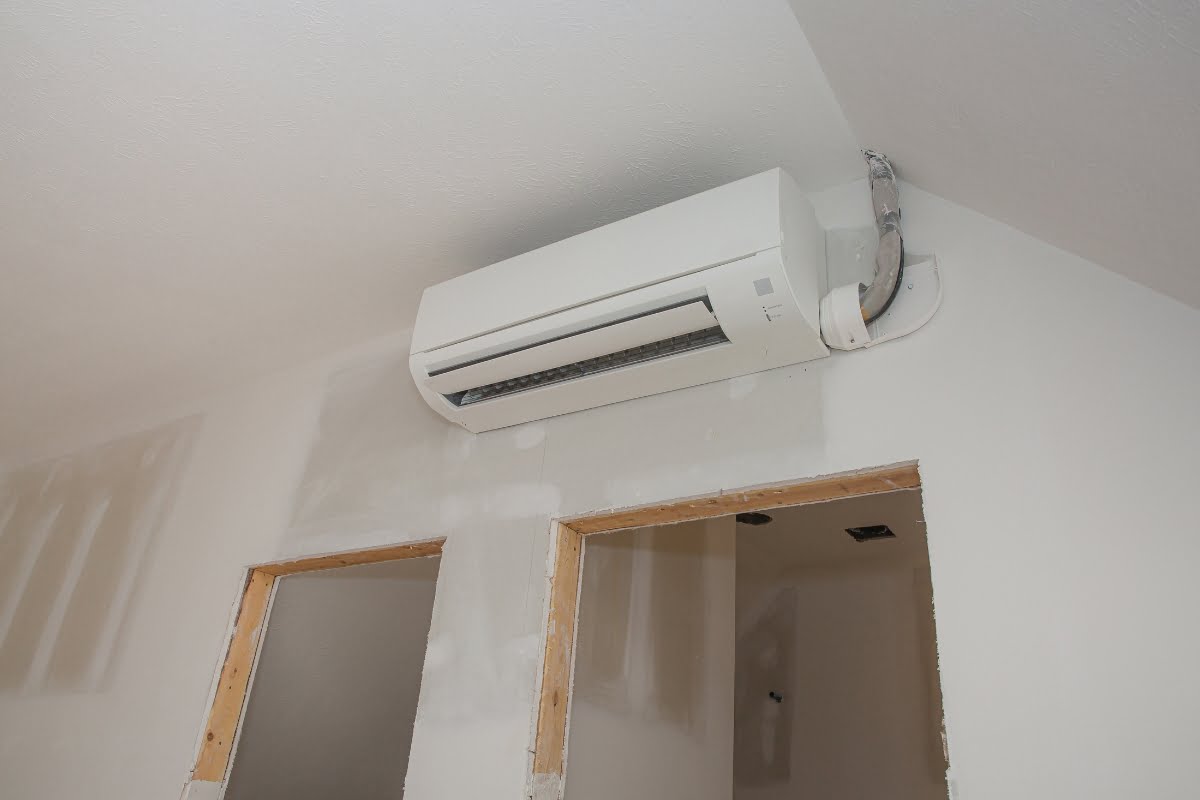
Ductless mini-split systems are gaining popularity in Atlanta homes due to their flexibility and energy efficiency. Unlike traditional central HVAC systems that rely on ductwork to distribute conditioned air throughout the home, ductless mini-split systems deliver air directly into individual zones without the need for ducts.
This flexibility allows homeowners to create personalized comfort zones within their homes. Each indoor unit can be independently controlled, allowing different temperature settings in different rooms according to occupants’ preferences. This zoned approach not only enhances comfort but also reduces energy waste by avoiding conditioning unoccupied areas.
In addition to their zoning capabilities, ductless mini-split systems are highly efficient. Since there are no ducts involved, there is no loss of conditioned air due to leaks or poor insulation commonly found in ducted systems. This results in significant energy savings and lower utility bills for homeowners.
Voice-Activated HVAC Systems: Redefining User Experience
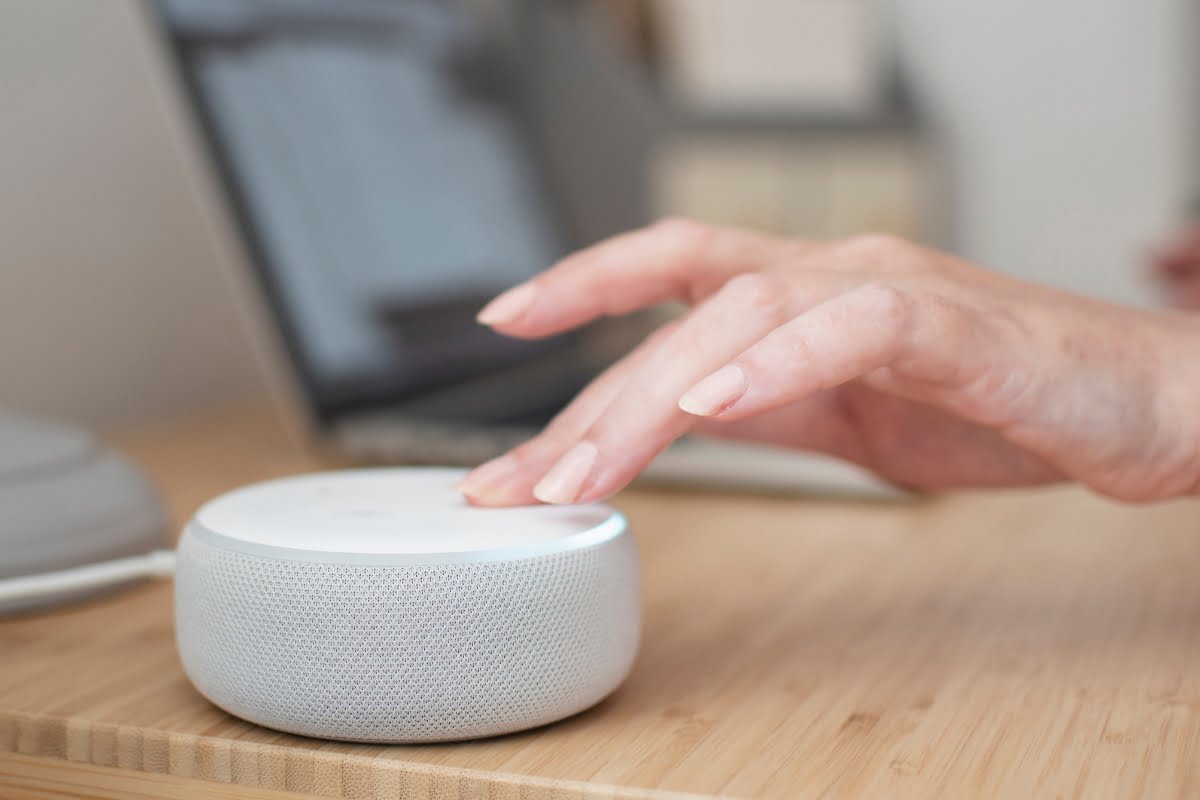
Voice-activated smart HVAC systems are reshaping the way homeowners manage their indoor climate by making the process more intuitive and convenient. The integration of voice commands enables users to effortlessly adjust various HVAC settings, such as temperature control, fan speed, and even scheduling adjustments, all without needing physical interaction with the thermostat or remote.
This hands-free functionality enhances accessibility, making it particularly useful in scenarios where a person’s hands may be occupied or for individuals with mobility challenges.
These systems typically work in conjunction with popular virtual assistants like Amazon Alexa, Google Assistant, or Apple’s Siri, allowing homeowners to control their heating and cooling systems with simple voice commands. The natural language processing capabilities of these assistants make the user experience feel seamless. For instance, instead of manually adjusting a thermostat, you can simply say, “Alexa, set the living room temperature to 72 degrees,” and the system responds instantly.
Aside from convenience, voice-activated HVAC systems also promote energy efficiency. Homeowners can use voice commands to easily lower the temperature when leaving the house or to pre-schedule heating or cooling adjustments during specific times of the day, ensuring the system only operates when needed. This feature can contribute to reduced energy consumption and lower utility bills.
Moreover, these systems provide better accessibility for households with diverse needs. Voice control allows anyone, regardless of age or physical ability, to manage the home’s environment with ease, adding an extra layer of comfort and functionality to modern living.
Solar-Powered HVAC Systems: A Greener Approach to Home Comfort
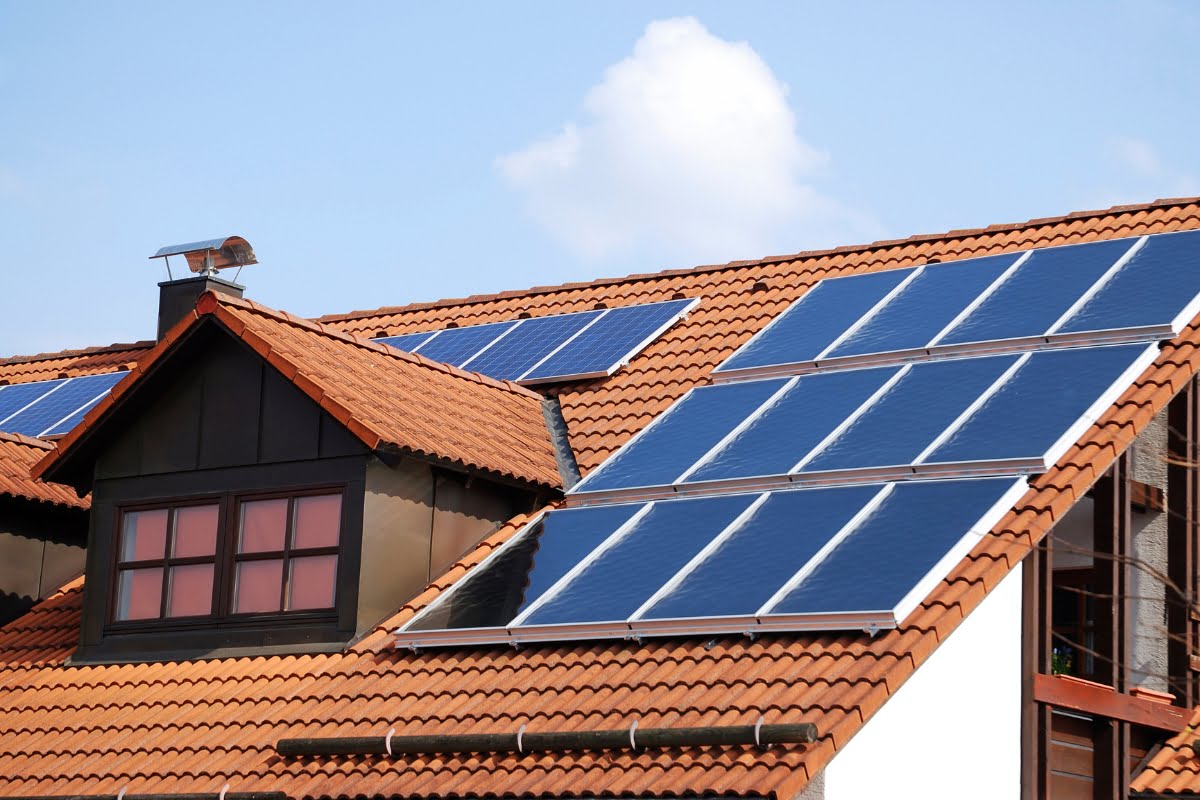
Solar-powered HVAC systems are becoming increasingly popular as sustainable solutions for energy-conscious homeowners. These systems combine the comfort of heating and cooling with the environmental benefits of clean energy.
By utilizing solar panels, they can harness the sun’s renewable energy to power HVAC components, such as air conditioners, heat pumps, and fans. This reduces reliance on electricity from the grid, which is often derived from fossil fuels, thereby lowering a home’s carbon footprint.
One of the key advantages of solar-powered HVAC systems is their potential for long-term cost savings. While the initial investment in solar panels and installation may be higher than traditional systems, homeowners can benefit from reduced energy bills over time. Additionally, many regions offer incentives and rebates for installing solar energy systems, making the transition more affordable.
These systems are not just about immediate energy consumption. When connected to energy storage solutions like solar batteries, they can store excess energy generated during the day for use at night or during overcast conditions. This ensures that homeowners can maintain comfort while further reducing their dependence on non-renewable energy sources.
Moreover, solar-powered HVAC systems contribute to a more resilient energy infrastructure. During grid outages, homes with solar storage capabilities can continue to operate their essential systems, including heating and cooling. This added reliability can be crucial in regions prone to power disruptions.
Connectivity and Interoperability in HVAC: The Era of Integrated Smart Homes
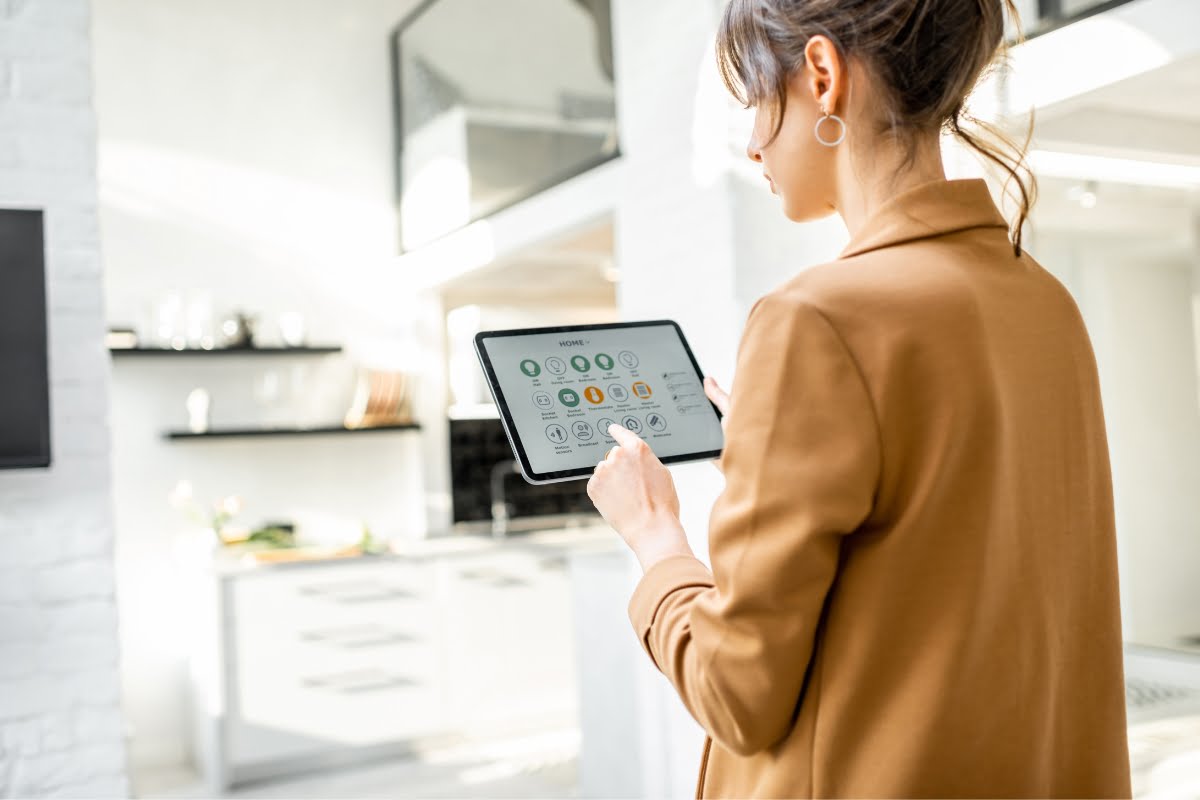
Connectivity and interoperability in HVAC systems are key components of the modern smart home ecosystem. As technology advances, HVAC systems are no longer isolated from other household devices but instead work in tandem with them, improving the overall living experience.
Integration allows HVAC systems to communicate with devices like smart thermostats, lights, blinds, and security systems, creating a cohesive and energy-efficient environment.
For example, a fully integrated HVAC system can be programmed to adjust the temperature based on real-time occupancy data from motion sensors or smart security systems. If the system detects that no one is home, it can automatically switch to energy-saving mode, reducing power consumption until occupants return.
Similarly, during cooler or warmer months, smart blinds can be automated to adjust according to the position of the sun, working together with the HVAC system to maintain optimal indoor temperatures without overburdening the heating or cooling units.
This level of integration not only enhances energy efficiency but also offers unmatched convenience. Homeowners can use mobile apps or voice commands through platforms like Amazon Alexa or Google Assistant to control temperature, humidity, and air quality settings. Smart lighting systems can sync with HVAC systems to create specific atmospheres, such as dimming lights and cooling the air for a more relaxed ambiance in the evening.
The ability to control multiple aspects of the home environment through a single interface simplifies user interaction and ensures that energy usage is optimized, benefiting both the environment and the homeowner’s wallet. With growing interest in green energy solutions, integrating smart home technologies into HVAC systems is becoming an essential strategy for energy-conscious consumers.
Conclusion: Embracing the Future of Latest HVAC Industry Technology in Atlanta
Staying ahead of the latest HVAC trends in 2024 can greatly enhance your home’s comfort and efficiency. To ensure you’re equipped with the best solutions tailored to your needs, choose inAir Heating & Air.
Our team of professionals and HVAC services is ready to guide you through the latest HVAC innovations for your home. Contact us today at (770) 233-7777 or visit our website to fill out an HVAC request form and take the first step towards a more efficient and comfortable home. Let inAir Heating & Air provide you with the expertise and service you deserve.




